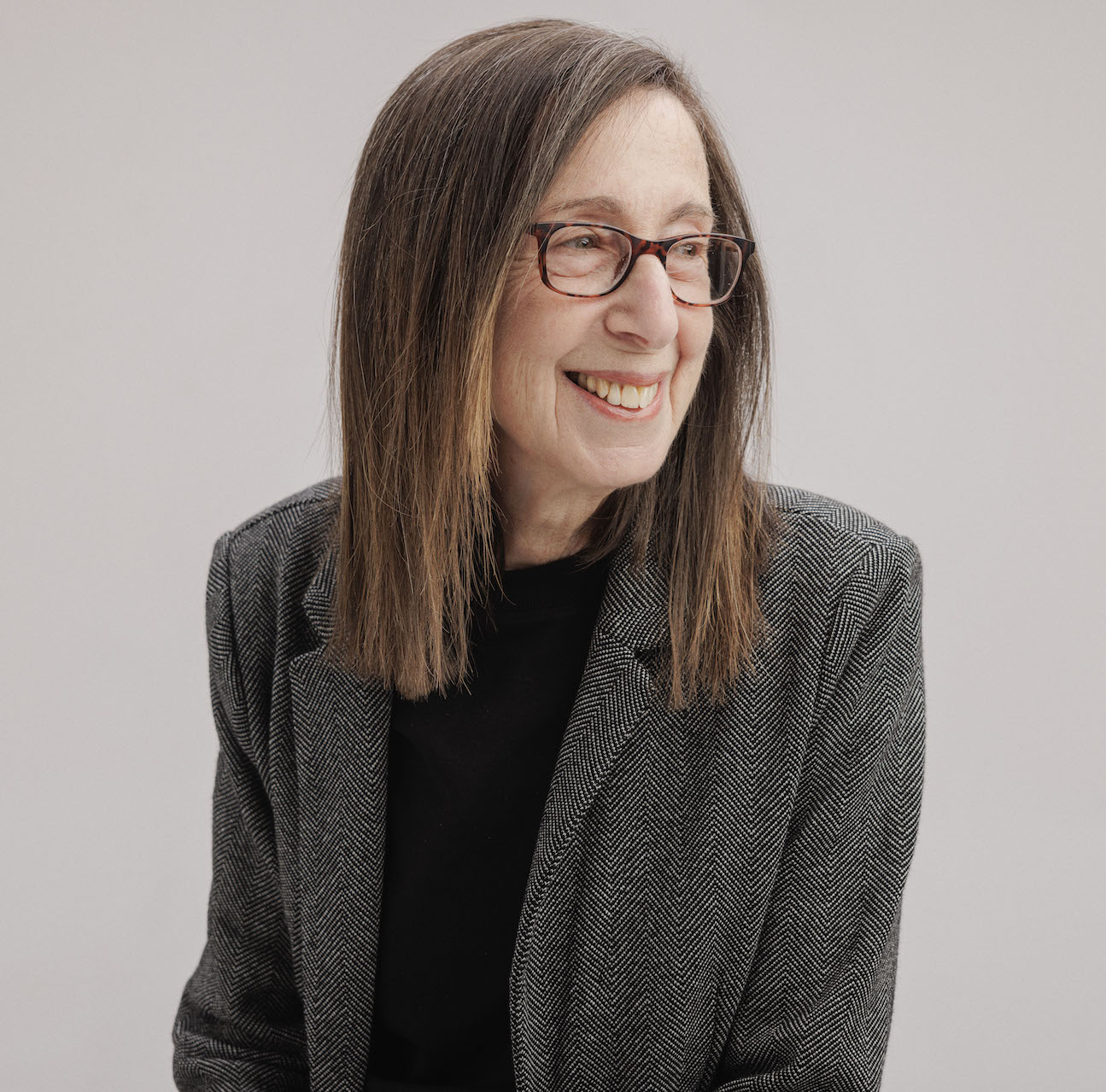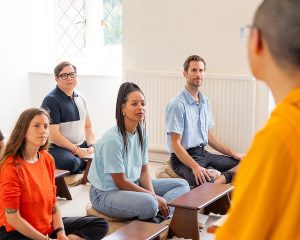How I use meditation in my life
Margaret Wilkinson
Clear, logical and engaging teachings
I first found Buddhism due to family problems, anxiety and suffering. I had two teenage sons who were going through a difficult adolescence and nothing seemed to help. I met Kadampa Buddhism through friends who raved about the quality of the teachings and knew I would be interested as I was a teacher myself. I went to an initial class and was delighted and inspired by the teaching which communicated Dharma, Buddha’s teachings, in a clear, logical, yet entertaining and approachable way.
Soon I progressed to the Foundation Program where I was challenged and captivated by studying Geshe-la’s books. Understanding the lineage of the tradition gave me confidence; seeing Geshe-la’s shining example and reading his words gave me faith; and acknowledging the inevitability of suffering gave me a taste of inner peace.
New Yorkers know suffering
As a New Yorker, I already knew about suffering. Ask a New Yorker how she feels, and she’ll tell you: I didn’t sleep last night; my teeth hurt; I’ve got a hangnail; an itchy scalp, a dry mouth, a blocked nose, chapped lips and a dodgy knee. My parents lived in a large apartment building in Manhattan. Whenever I shared the elevator with another tenant, as soon as the doors closed, they began to tell me their troubles from bunions to bowels.
As an American living in Britain, I often felt out of place. Hidden suffering was my English mother-in-law, who suffered in silence. Prone to migraines, she would try to act as if nothing was wrong when she had what she called, ‘a blinder.’ I was told that if you ask an English person how she feels and she says ‘Not so bad,’ or ‘Can’t complain,’ then you should worry. Huh?

Buddha's power tools
Although acknowledging suffering seemed at first depressing, it wasn’t in fact depressing to experience. Why? Because in Buddhism we have the tools to deal with suffering. What tools are these? Power tools - Dharma teachings! And using these power tools was … well … empowering.
I felt so lucky having met Kadam Buddhism. But what about everyone else? Appreciating my luck, I developed compassion for all those who must face life without Dharma, with no tools to ease the pain.
Then came a sobering thought. If I have these tools, but lack the wish to use them, I will suffer just as badly as those who have no tools at all. If I know the method to use to end suffering but still rely on my delusions to solve my problems - how crazy is that?
A new approach to life’s problems
Buddha explains that without inner peace, there can be no outer peace. So I needed to use Dharma to solve the inner problem; my unpeaceful mind. The inner deluded dialogue goes like this:
Problem: My husband never lets me finish a sentence. Solution: Get angry. He doesn’t listen; doesn’t care about, or respect my opinion. Action: Do not let go of your irritation because that just lets him off the hook, and that’s not right, is it? He’s the one behaving badly. He should feel bad. He should change, not me. He’d be happy if I never said anything again. I know, I’ll refuse to speak. Maybe just disappear. He’d be happy if I disappeared. (This is how deluded thinking spirals out of control.) Outcome: I feel bad. Then I make him feel bad. Everyone suffers. Why? Because I’m still trying to solve a problem with a delusion: Anger.
Eventually I began to find better ways to deal with anger. No longer trusting my distorted, agitated states of mind (my delusions) to solve my problems and make myself happy, I began to rely on developing inner peace instead.

Transforming my life through meditation
As I proceeded to practise meditation I began to see my life wholly in the context of Dharma.
Going home to NYC to visit my family presented challenges too: over-excitement and expectations, followed by confrontations, anger and regret. This was a chance to practise what I was learning - patience, the antidote to anger.
After one particularly difficult family visit, despite trying to practise patience, I was relieved to return to Britain and my Foundation Program class. There, sitting in the Meditation Room and hearing the very first notes of The Liberating Prayer, connecting to Buddha Shakyamuni, I knew, from the depths of my heart, that I was home. Really home.
I have not looked back.
Margaret Wilkinson
Margaret attends Compassion Kadampa Buddhist Center, Newcastle, UK
Find a Kadampa Center near you.




